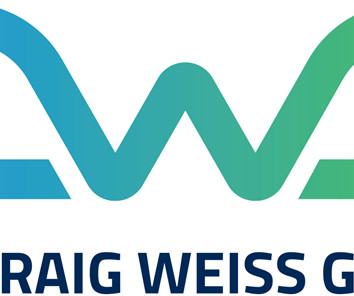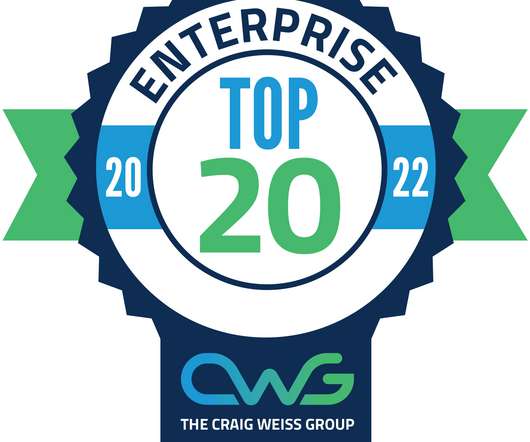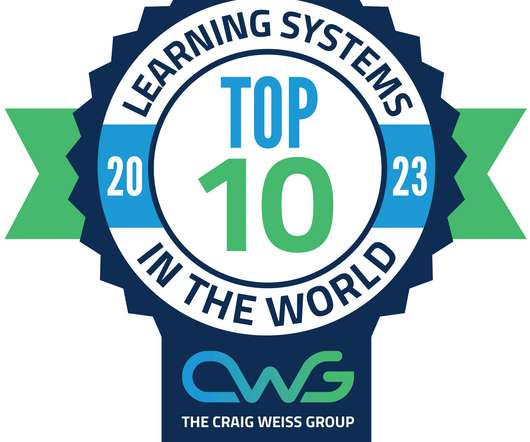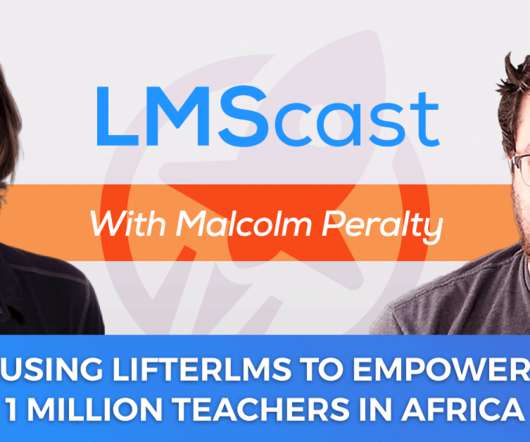Why Companies Should Spend More on Social Learning | Social.
Dashe & Thomson
MAY 4, 2011
It sounds like Weejee is growing quickly with Ian and Tracy at the helm, but they too are frustrated with the slow adoption of informal learning. Toni Bowers of Tech Republic writes about this issue in her latest blog, Do Your IT Trainers Really Have Training Skills?
























Let's personalize your content